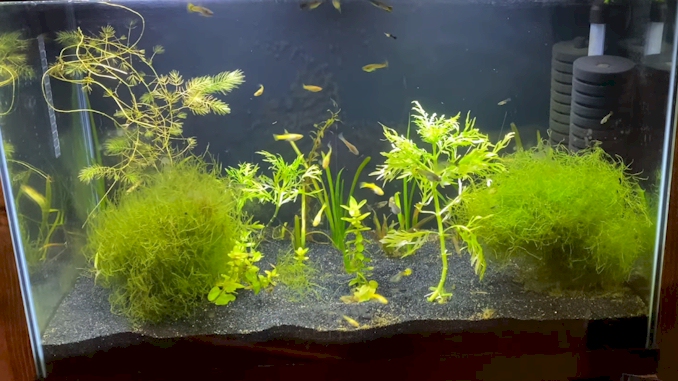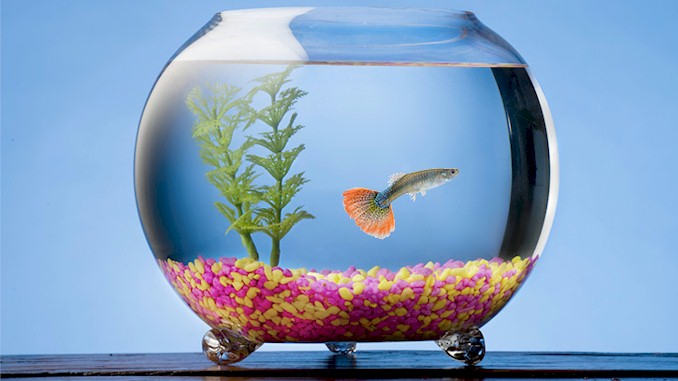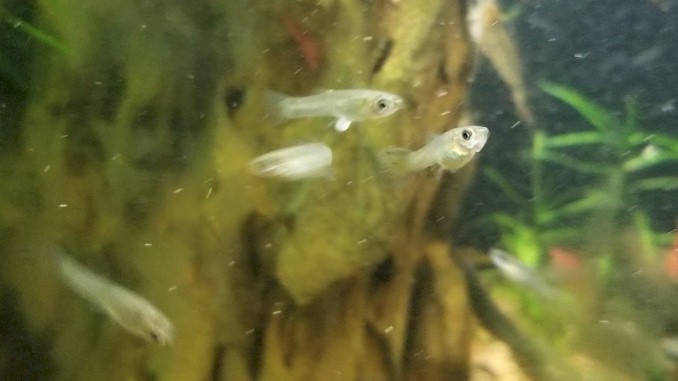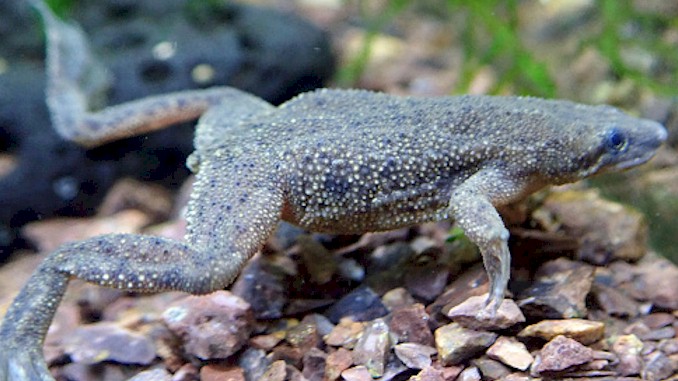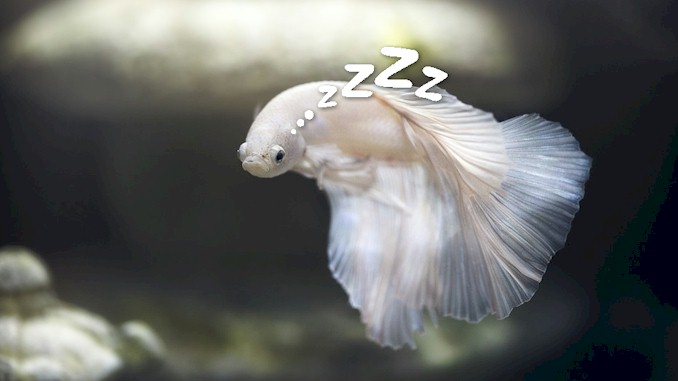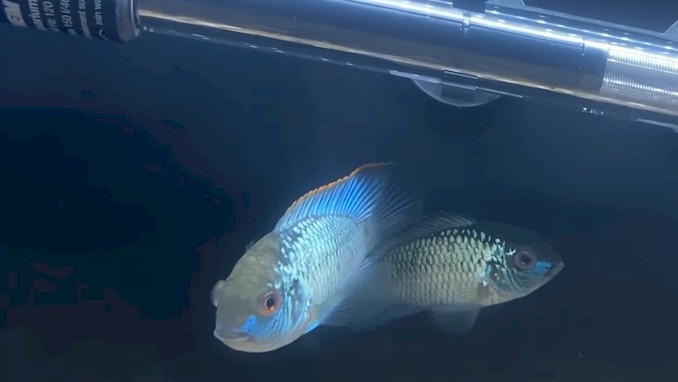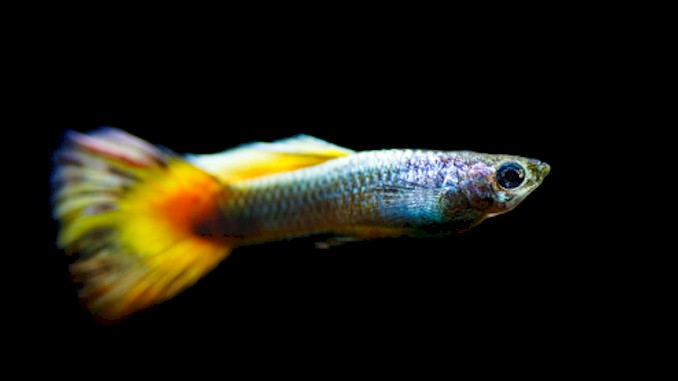How Many Guppies Should Be Kept Together
One sunny morning, as I sat at my desk in the living room browsing my laptop, I stumbled upon a captivating sight – a new breed of guppies being sold at the local pet store. The sheer beauty of these guppies intrigued me, and I began to wonder whether I could add them to my existing guppy tank, and how many guppies should be kept together? This curiosity led me to google for answers, and after many hours of research and personal experience gained from being a guppy owner for nearly ten years, I have compiled my findings in this post.
The ideal number of guppies to keep together depends on the size of your aquarium. As a general rule, you should have at least one gallon of water for every inch of fish. For guppies, a good guideline is to have no more than one male guppy per every two or three female guppies. In a ten-gallon tank, you can keep up to six guppies comfortably. However, for larger aquariums, you can keep more guppies as long as you maintain proper water quality and avoid overcrowding.
If you’re interested in learning more about how many guppies you should keep together, you need to know more about it, such as the importance of maintaining the proper gender ratio and whether it’s possible to keep multiple male guppies together without females, so you can make the informed decision to have a healthy and happiness aquarium. Read on to discover everything you need to know to help you achieve the goal.
Understanding the Ideal Tank Size for Guppies
When it comes to keeping guppies, one of the most important factors to consider is the size of your aquarium. Guppies are active fish and need plenty of space to swim around, explore, and interact with their environment. As a general rule, you should have at least one gallon of water for every inch of fish in your tank.
For guppies, the ideal tank size will depend on the number of fish you want to keep. In general, a ten-gallon tank is a good starting point for a small group of guppies. This size aquarium can comfortably accommodate up to six guppies without overcrowding the space. However, if you want to keep a larger number of guppies, you will need to consider a larger aquarium.
It’s essential to avoid overcrowding your tank, as this can lead to a range of problems, including poor water quality, disease, and stress among your fish. Overcrowded tanks can also result in aggressive behavior among your guppies, as they compete for space and resources. To keep your guppies happy and healthy, it’s important to provide them with enough space to swim and thrive.
Another factor to consider when choosing the ideal tank size for your guppies is the type of plants and decorations you want to include in the tank. Live plants and other decorations can take up space and reduce the overall swimming area in your aquarium. As such, you’ll need to factor in the size of your plants and decorations when selecting the size of your tank.
So, choosing the right tank size for your guppies is essential to their health and happiness. By providing your guppies with plenty of space to swim, play, and explore, you’ll create a thriving and beautiful aquatic environment that you and your fish will enjoy for years.
The Importance of Maintaining the Right Gender Ratio in Your Guppy Tank
When it comes to keeping guppies, it’s important to maintain the correct gender ratio in your tank. Guppies are livebearers, which means that the females give birth to live young. Without a proper gender balance, your guppies can quickly become overpopulated, which can lead to a range of problems.
In general, the ideal gender ratio for a guppy tank is one male to two or three females. This ratio ensures that your guppies can reproduce without becoming overcrowded. When there are too many males in the tank, they can become aggressive towards one another as they compete for mating opportunities. Conversely, when there are too many females, they can become stressed and exhausted from constant breeding.
It’s also important to note that guppies can breed at a rapid rate, with females giving birth to up to 50 fry at a time. As such, it’s important to have a plan in place for what to do with the offspring. You may need to set up a separate breeding tank or find homes for the fry with other aquarium enthusiasts.
Maintaining the right gender ratio in your guppy tank is also essential for creating a healthy and thriving community of fish. In a well-balanced tank, the males will compete for the attention of the females, which can result in beautiful displays of color and finnage. This competition can also encourage the males to stay active and engaged, which can reduce stress and disease.
When it comes to adding new guppies to your tank, it’s essential to consider the gender ratio. If you already have a male in the tank, it’s generally best to add two or three females to maintain the proper balance. Alternatively, if you have a group of females, you can add one or two males to the tank.
As you have learned, maintaining the right gender ratio in your guppy tank is essential for the health and happiness of your fish. By ensuring that your guppies have the space and resources they need to thrive, you’ll create a beautiful and engaging aquatic environment that you and your fish will enjoy for years to come.
Can You Keep Only a Single Guppy?
While it’s not recommended to keep a single guppy on its own, it is possible under certain circumstances. Guppies are social creatures and thrive in communities, so it’s generally best to keep at least two or three together. However, there are some situations where keeping a single guppy may be the best option.
If you have limited space or resources, keeping a single guppy may be your only option. However, it’s important to keep in mind that guppies can become stressed and lonely when kept on their own. To help combat this, you can provide plenty of hiding places, plants, and decorations in the tank to create a sense of security for your fish.
Another situation where keeping a single guppy may be necessary is if you’re introducing a new fish to your tank. Guppies are peaceful and generally get along with other community fish, but there’s always a risk of aggression or territorial behavior when introducing a new fish to the mix. To minimize this risk, you can keep a single guppy in a quarantine tank for a few weeks before introducing it to the main tank.
It’s also important to note that guppies are shoaling fish, which means they prefer to be in groups. Keeping a single guppy on its own for an extended period can lead to decreased activity levels and an increased risk of disease. If you do decide to keep a single guppy, it’s essential to provide plenty of stimulation and enrichment to keep your fish healthy and happy.
As you see, while it’s not recommended to keep a single guppy on its own, it is possible under certain circumstances. By providing plenty of hiding places and enrichment, you can help minimize stress and ensure that your guppy remains healthy and happy. However, if possible, it’s generally best to keep guppies in groups to ensure that they can socialize and thrive in a community setting.
Can You Keep Different Types of Guppies Together?
Guppies come in a wide range of colors and patterns, and it’s natural to want to mix and match them in a single tank. However, is it a good idea to keep different types of guppies together?
The answer is yes, but with some caveats. While different types of guppies can coexist, it’s important to consider their temperaments and care requirements. Mixing peaceful guppy types is generally safe, but you should avoid combining aggressive or fin-nipping varieties. Also, it’s crucial to provide a habitat that meets the needs of all the guppies in the tank.
One way to ensure compatibility is to choose guppy strains that have similar temperaments and care requirements. For example, Endler’s Livebearers and wild-type guppies are both peaceful and thrive in similar conditions. Similarly, fancy guppies and show guppies have similar care needs and can coexist peacefully.
Another factor to consider is the male-to-female ratio in the tank. If you plan to keep multiple male guppies, it’s important to ensure there are enough females to prevent aggression and harassment. A general rule of thumb is to have two to three females for every male guppy in the tank.
Lastly, it’s important to provide adequate space and hiding places for each guppy. Overcrowding can lead to stress, aggression, and disease. A good rule of thumb is to provide at least 1 gallon of water per inch of fish and to include plants or decorations that provide cover and hiding spots.
In a nutshell, mixing different types of guppies can add color and variety to your tank, but it’s crucial to consider their temperaments, care requirements, and male-to-female ratio. By choosing compatible strains and providing a suitable habitat, you can create a harmonious community of guppies.
Can You Keep Multiple Male Guppies Together Without Females?
Guppies are social animals and thrive in groups, but can you keep multiple male guppies together without any females? While it is technically possible, it is not recommended. In the wild, male guppies are surrounded by females, and without them, they may become aggressive towards one another.
One reason for this aggression is the competition for territory. Male guppies establish their own territories in the wild and defend them against other males. However, in a tank without females, the males may become territorial and aggressive towards one another, leading to fights and injuries.
Another reason for male aggression is the lack of sexual stimulation. Male guppies are constantly seeking out females to mate with in the wild, and without them, they may redirect their sexual frustration towards other males. This can lead to aggressive behavior and fighting.
In addition to aggression, keeping multiple male guppies without females can also lead to a lack of genetic diversity in the tank. Breeding males with females ensures genetic variation and prevents inbreeding, which can result in weaker and less healthy offspring.
If you do choose to keep multiple male guppies together without females, it is important to closely monitor their behavior and provide plenty of hiding places and territory markers to reduce aggression. However, it is recommended to keep a male to female ratio of at least 2:1 in your guppy tank to maintain a healthy and happy environment for your fish.
As you have learned, while it is possible to keep multiple male guppies together without females, it is not recommended due to the potential for aggression, lack of genetic diversity, and overall stress for the fish. It is best to maintain a healthy gender ratio in your tank for the well-being of your guppies.
Compatible Tank Mates for Your Guppies: Finding the Right Balance
Guppies are known for their peaceful nature, which makes them an excellent addition to a community tank. However, not all fish are compatible with guppies. Some fish may become aggressive or prey on the guppies, while others may not tolerate the same water conditions. It is crucial to consider the compatibility of potential tank mates before introducing them to your guppy tank.
One factor to consider when choosing compatible tank mates is the water parameters required by the different fish species. While guppies thrive in slightly alkaline water with a pH between 7.0 and 7.8 and a temperature range of 72-82°F, other species may have different requirements. For example, Betta fish require warmer water between 75-82°F and a pH of 6.0-7.5. Therefore, it’s essential to choose tank mates that have similar water parameter requirements to ensure a healthy environment for all fish.
Another factor to consider is the size of the tank and the number of fish. Overcrowding can lead to increased aggression and stress among fish, leading to health problems. It’s crucial to research the recommended number of fish for your tank size and ensure that there is ample swimming space for all the fish. Generally, a 10-gallon tank can accommodate up to 10 guppies, and additional fish may require a larger tank.
When selecting tank mates, it’s also essential to consider the behavior and temperament of the fish. Some fish species, like tetras or corydoras, are peaceful and make great companions for guppies. Other species, such as aggressive cichlids or fin-nipping barbs, should be avoided. Research the behavior and temperament of potential tank mates before adding them to your guppy tank.
Finally, it’s essential to monitor your tank after adding new fish. Observe the interactions between the fish and look for any signs of aggression or stress. If any issues arise, it’s best to remove the problem fish promptly.
To sum up, choosing the right tank mates for your guppies requires careful consideration of their behavior, water parameter requirements, and the size of your tank. By selecting compatible tank mates, you can create a peaceful and healthy environment for your guppies and other fish to thrive.

